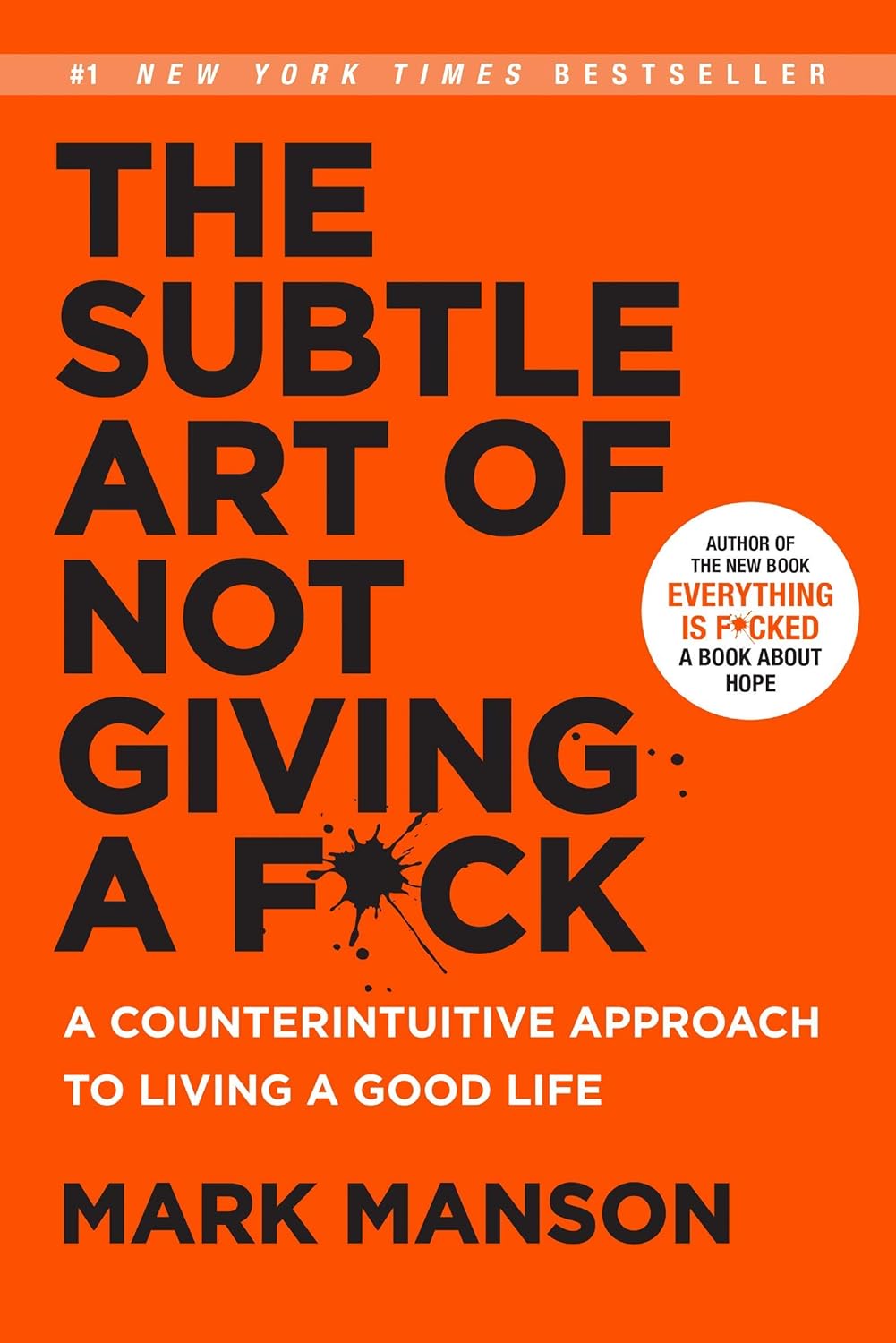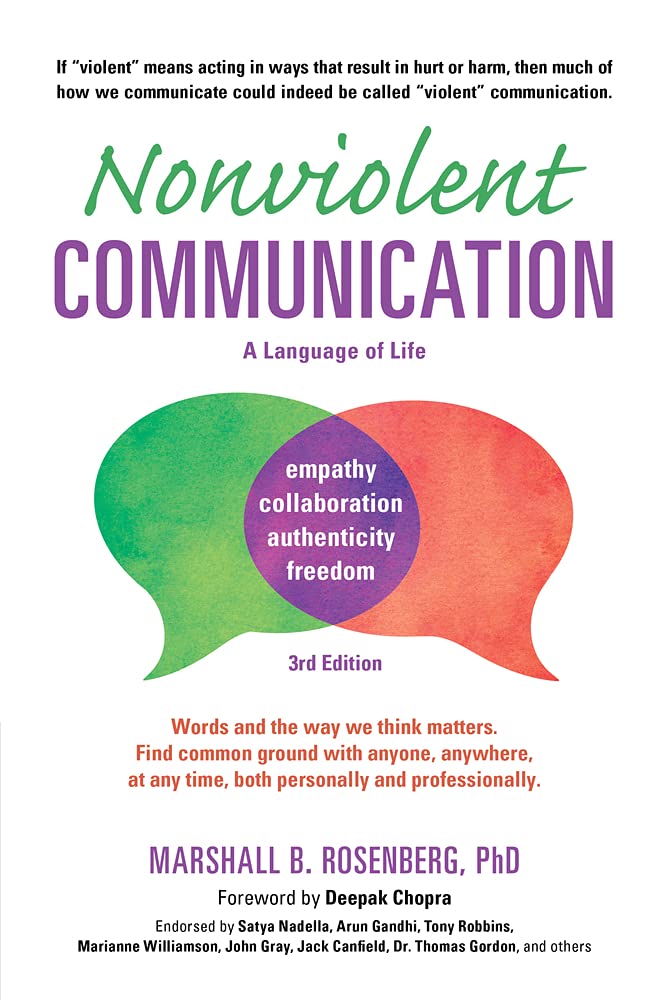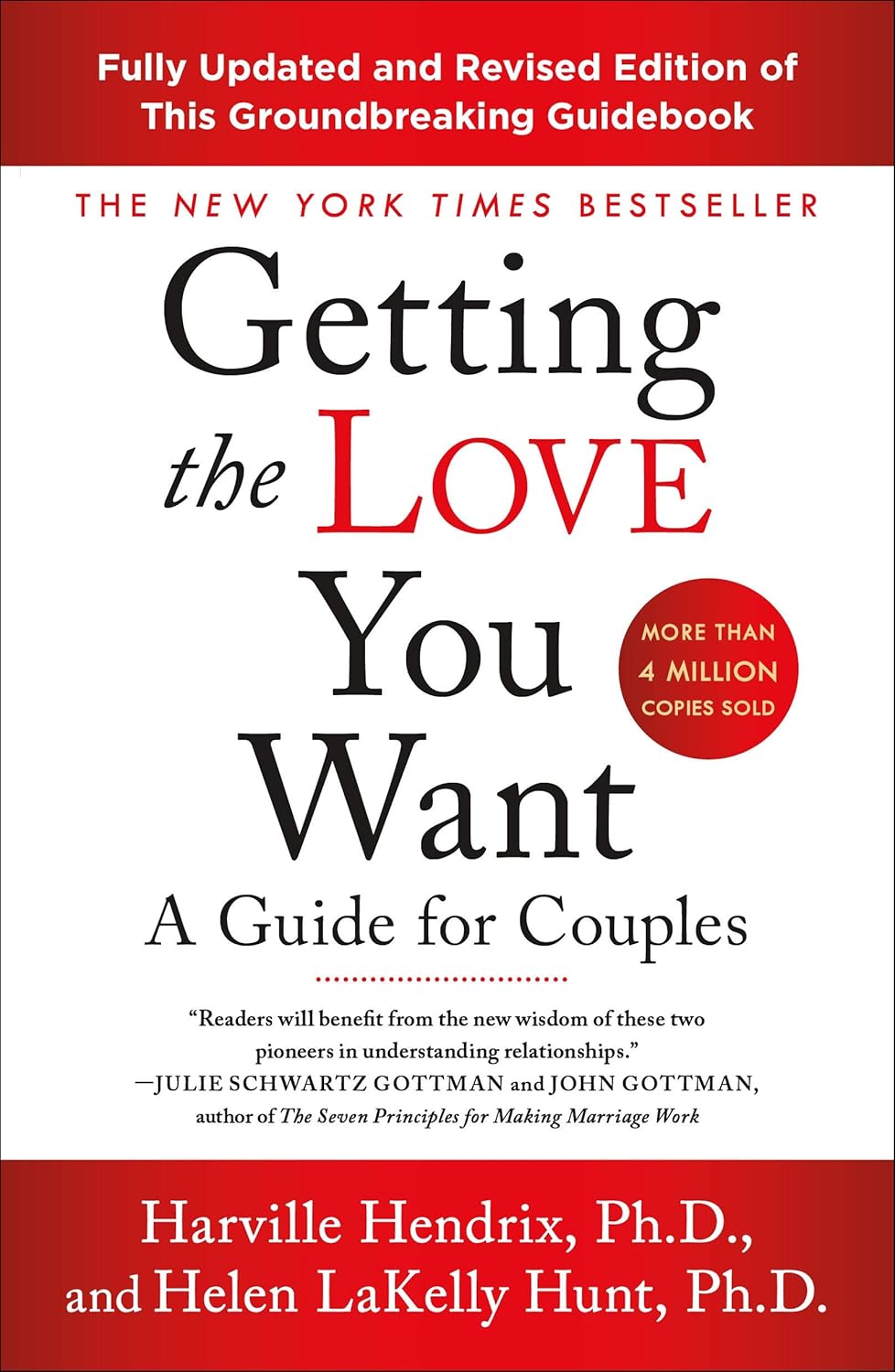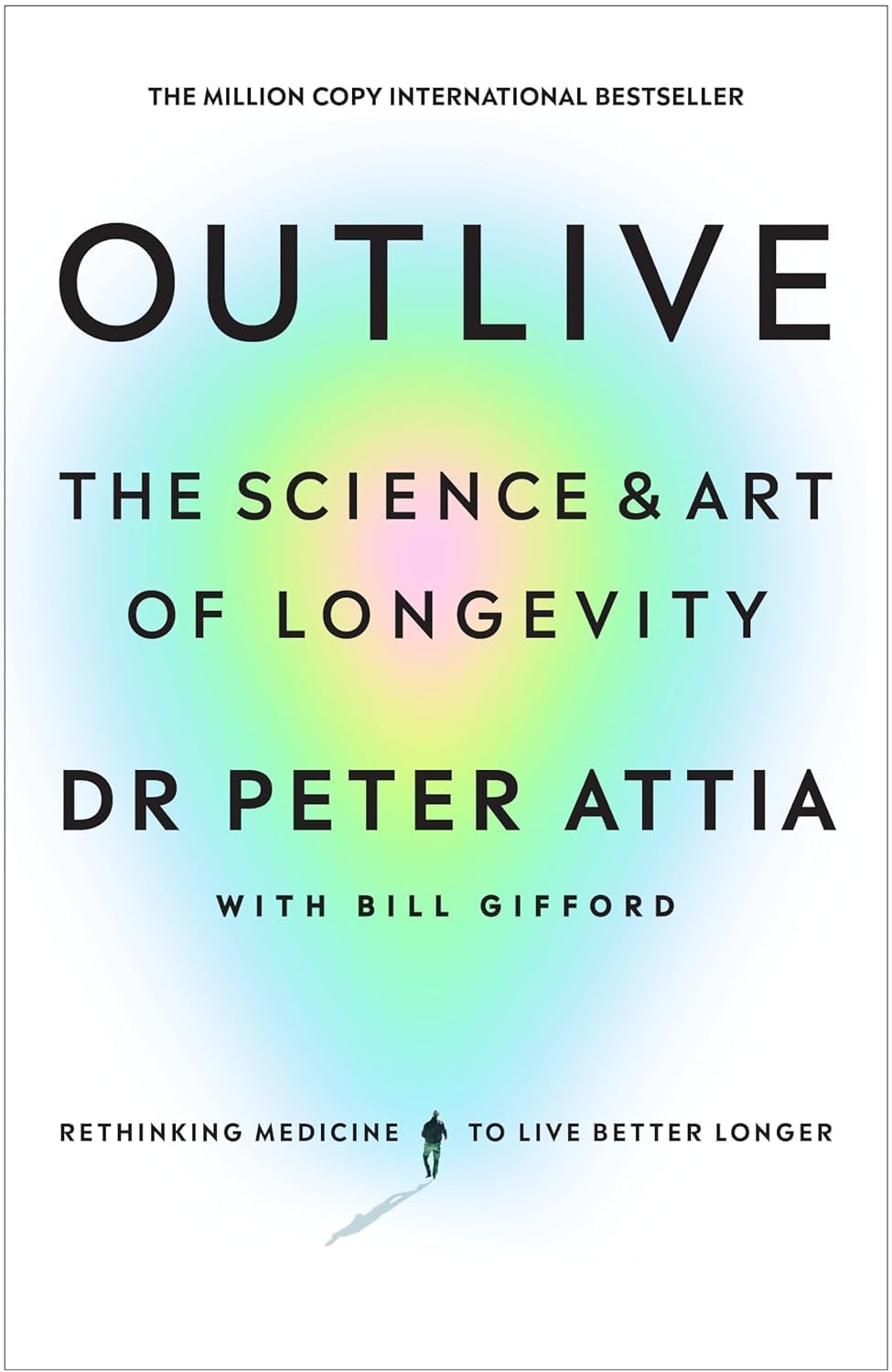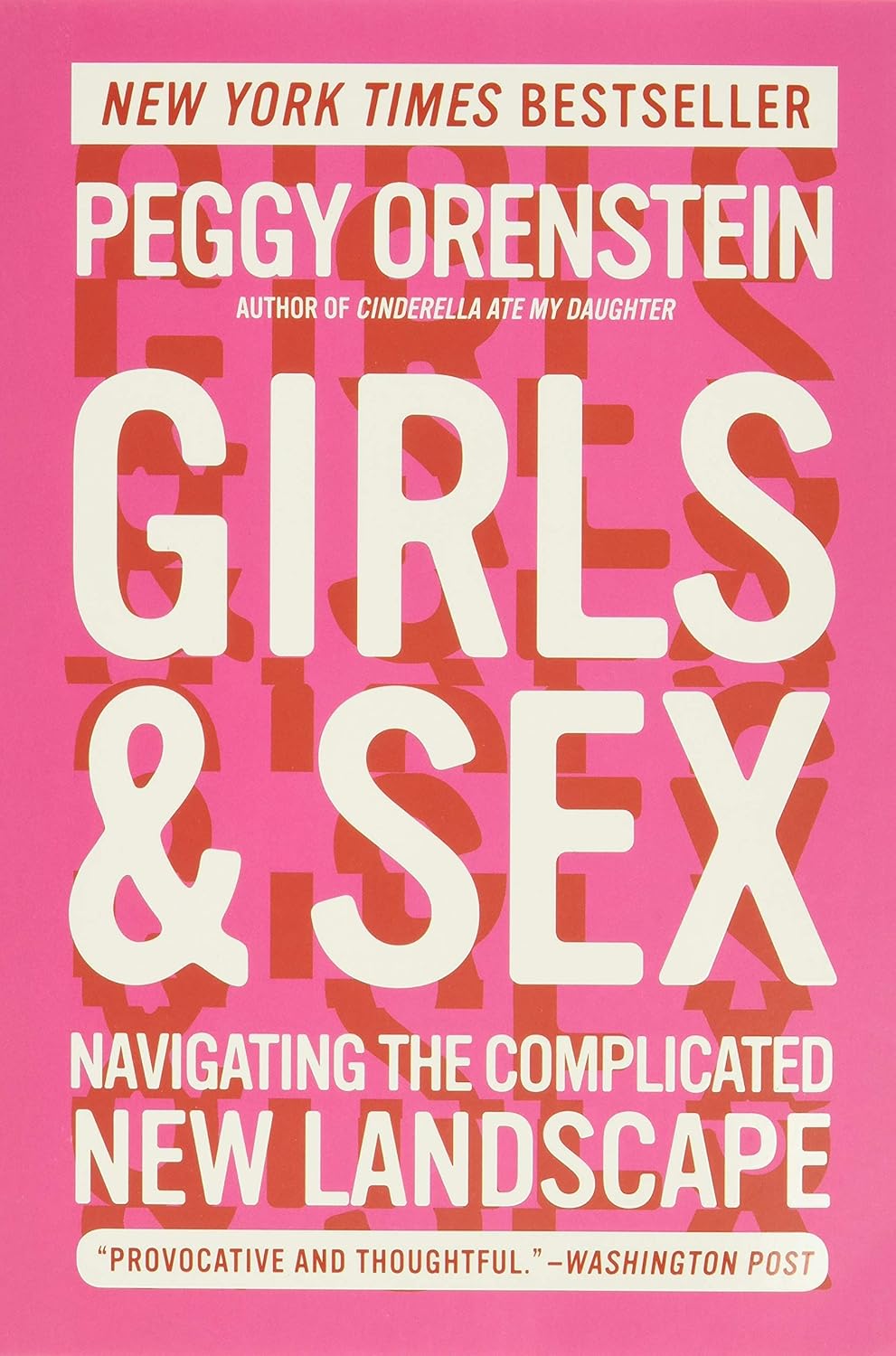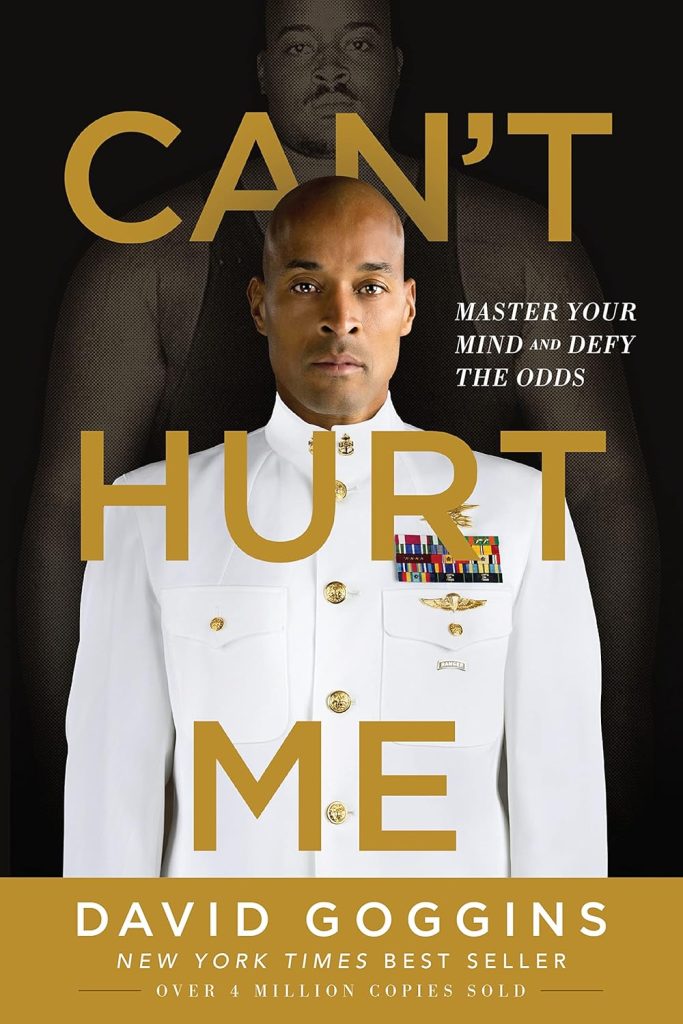
Buy The Book
Chapter
- ✦ Chapter 1. I SHOULD HAVE BEEN A STATISTIC
- ✦ Chapter 2. TRUTH HURTS
- ✦ Chapter 3. THE IMPOSSIBLE TASK
- ✦ Chapter 4. TAKING SOULS
- ✦ Chapter 5. ARMORED MIND
- ✦ Chapter 6. IT’S NOT ABOUT A TROPHY
- ✦ Chapter 7. THE MOST POWERFUL WEAPON
- ✦ Chapter 8. TALENT NOT REQUIRED
- ✦ Chapter 9. UNCOMMON AMONGST UNCOMMON
- ✦ Chapter 10. THE EMPOWERMENT OF FAILURE
- ✦ Chapter 11. WHAT IF?
Can’t Hurt Me: Master Your Mind and Defy the Odds

About
David Goggins’ “Can’t Hurt Me” is a powerful memoir and self-help guide. Goggins, a former Navy SEAL and ultramarathon runner, recounts his life of overcoming immense adversity, from a childhood marked by abuse and poverty to transforming himself into an elite athlete. The book outlines the mental strategies Goggins used to push past his perceived limitations and achieve extraordinary feats. He emphasizes the importance of self-discipline, mental toughness, and embracing discomfort as tools for personal growth.
Goggins challenges readers to confront their own self-limiting beliefs and tap into their untapped potential. Through his experiences, he offers a roadmap for building resilience, overcoming obstacles, and achieving seemingly impossible goals, inspiring readers to strive for continuous self-improvement and unlock their inner strength.

Spark
Learn
Review
✦ Chapter 1. I SHOULD HAVE BEEN A STATISTIC
Williamsville, New York, in 1981, was a place of promise, but behind the façade of the Goggins’ pristine home on Paradise Road lay a different reality. By day, it seemed we were the model family, waving off to work and school. In truth, we were returning from all-nighters, working at my father’s roller rink. Life involved hiding bruises, dodging my father’s temper, and struggling to stay awake in class.
The journey from our affluent neighborhood to the Masten District exposed me to a different world. My father owned Skateland, a roller rink, but we worked there. My brother and I cleaned, organized skates, and labored late into the night. My mother tried to normalize our existence, but the late hours and constant work took their toll. I was surrounded by funk music and colorful characters, though it was difficult to balance being a kid and my responsibilities to my father’s rink.
Violence was commonplace. My father was abusive to my mother, and to us. One particular morning, after returning home early, my father exploded. During the attack on my mother, I was injured, which triggered us. I rushed to her defense, then faced his wrath, and in time came to understand that the police will be no help. He portrayed himself as a successful provider, and was believed.
I had one moment of normalness: Cub Scouts. It didn’t last. We didn’t find ourselves at a troop meeting, but at a racetrack. The losses, gambling, and violence made me hate him. It was as though fate would always lead me to more trauma. The violence got worse, she thought of suicide, and I was regularly wetting the bed. All seemed hopeless, but then our mother began to plan her escape.
After the initial escape, the early days in Brazil were a reprieve, but even then, I was aware that not everything would be ok.
✦ Chapter 2. TRUTH HURTS
Wilmoth Irving’s arrival offered a fresh start after a childhood marked by abuse and poverty. He brought stability and laughter back into life, becoming a healthy father figure. He supported aspirations, like basketball, and planned a future move to Indianapolis. However, this hope was shattered when Wilmoth was murdered in a targeted shooting. This loss thrust the family back into turmoil, leaving with mother emotionally vacant.
Despite the tragedy, they moved to Indianapolis. Later, they moved back to Brazil, Indiana, high school was marred by overt racism. The community hadn’t been that welcoming and they started facing blatant racism from the people in the street. One involved being threatened with a gun by someone who didn’t know face, while another saw a liked girl, Pam, being told off because she was with a person of a different race. The high school made the author take up foreign language. His workbook was defaced with an image of them in a noose. The message sent was that one of the students wanted to kill them. The only solace came from a principal, who was unperturbed with the idea of a death threat.
The racism deepened a sense of alienation, especially as the only black student. The events triggered the author’s trauma and a feeling of a need to have Hate Over Fear. The chapter illustrates the painful reality of confronting truth and the enduring impact of trauma and prejudice.
✦ Chapter 3. THE IMPOSSIBLE TASK
Past midnight, the work begins: rat traps in restaurant kitchens. Not the heroic Air Force Pararescue envisioned, but a pest control route, fueled by mini donuts and milkshakes. Numbness prevails. The job’s appeal lies in its stealth, the fumigation mask shielding from self-recognition. But the memory haunts when joining the Air Force came to mean something, a potential career to be an elite member.
Memories resurface of his failed water confidence in Pararescue training, his body a constant battle to stay afloat and now those military drills in the water are just not an option. The shame festers, compounded by a Sickle Cell Trait diagnosis that gave excuse to quit – a decision now viewed with disgust.
Post-discharge, a different uniform emerges: the gym. Bulking to 300 pounds, he hides under muscle and fat, an attempt to bury the former Pararescue dream. The reflection in the mirror and in his real life haunts, a self-assessment that is brutal to swallow. Marriage crumbles. The current and past versions weigh on all in every action and waking thought.
The turning point arrives with a TV show: Navy SEALs enduring Hell Week. Jealousy ignites, the drive for excellence and self-mastery stirring. Though a medical diagnosis once again provided a convenient escape, viewing the show sparks the realization in him that he is jealous of them. He does not possess their drive, dedication, and commitment. It is in this moment he acknowledges his own mediocrity and recognizes the need for a drastic change, and what action must be taken.
✦ Chapter 4. TAKING SOULS
The chapter dives into the rigorous mental aspect of SEAL training. It explains how instructors deliberately target individual weaknesses, exploiting fears to push recruits beyond their perceived limitations. Mental resilience becomes paramount, and overcoming the innate urge to quit becomes the only way to get through the torture. Strength is found in each other, but you are alone when taking control of what is broken.
Specific exercises designed to break down trainees are detailed, such as the persistent physical drills, sleep deprivation, and constant verbal lashings. They do this to force trainees to confront their deepest fears and insecurities, stripping away ego and revealing true character. It’s brutal, yet transformative, the few that come through develop an “armored mind,” which allows endurance of all adversity. Pain must be loved, and find love through suffering and transforming from weakest to hardest.
Self-awareness is incredibly important in this environment. Recognizing vulnerabilities and working to overcome them becomes essential to success. It is not enough to simply endure; one must learn to prosper under pressure, turning adversity into fuel. It gives examples of individuals who succumb to the challenges, and shows the difference between people who break and the ones who don’t.
It’s not necessarily about physical stature. It’s about will and how that mindset is applied. It proves how the mind can overcome the most incredible obstacles. The chapter emphasizes a key aspect: the path to achieving goals requires not only physical strength, but an unwavering mental fortitude.
✦ Chapter 5. ARMORED MIND
Having passed the third Hell Week attempt, a new phase of training begins with land warfare. This is also where things start to get real. Weapons training, demolitions, and reconnaissance are the tools being taught, which is meant to mold our minds to a warrior one.
For three weeks, a remote island in California is used as our school. That’s where one has to learn to shoot, move, communicate, and live in the field. There’s minimal contact with instructors, who will usually remain behind the scenes. The training can be intense. You have to stay strong. You have to be a team player.
The instructors will then watch the class from a distance. The only contact is when they need to correct a safety violation or call out an attack. In between the attacks, there are only days of preparation, planning, and building. This can involve digging foxholes, setting up claymore mines, and assigning sectors of fire.
The experience teaches me about the balance and rhythm of life, and how hard work is usually done quietly. We aren’t in constant competition with one another. We help each other. However, in a surprise, the island is set on fire in the middle of the night, causing one to lose one’s mind and to act irrationally.
One of the major points being taught in this phase is controlling one’s mind. The fire is a test. The aim of this test is to see who can maintain control of their rationality, while acting bravely to escape with their gear, before the ammunition starts to explode. There is nothing rational about what happens, even as the men are all running out into the pitch-black night. The training emphasizes a crucial point: one’s mind can be a powerful weapon, and one must learn to control it even in the most chaotic of circumstances. This stage requires one to be honest, humble, and willing to continuously find the solution as a team. It’s an intense stage, to create and find an unbreakable warrior mind.
✦ Chapter 6. IT’S NOT ABOUT A TROPHY
This portion is dedicated to self-assessment and recognizing one’s true motivations. During SEAL training, especially during Hell Week, physical trophies mean nothing; the real reward comes from knowing you’ve pushed yourself beyond your perceived limits.
The experience of enduring extreme hardship alongside others forges bonds that transcend individual achievement. We witness how instructors put extreme pressure on candidates, and how these challenges are designed to break down the recruits and reveal underlying weakness. The purpose is simple: to make candidates get real with themselves about the motives of being there.
The narrative illustrates that external validation is fleeting, and true satisfaction arises from conquering internal battles. It goes back to the original saying that “pain unlocks a secret chamber of the mind”, meaning it is a way to test true strength when you are challenged, both physically and mentally. We also find out about some of Goggins real childhood friends, like Johnny Nichols, and how they have been real supporters from the beginning. It’s all about the mental approach, and less about the physical rewards. He made it a point that no matter what you do in life, find something to love and something to suffer for.
The takeaway emphasizes the importance of intrinsic motivation and self-mastery. The ultimate goal is not to acquire external accolades but to cultivate an unwavering spirit that empowers you to overcome any obstacle. Because it’s not always about what you get, or what you win. It’s about that hunger, and what sacrifices you were willing to make. This is more than a physical journey; it’s a profound exploration of the human spirit. It’s not about a trophy but realizing your true potential.
✦ Chapter 7. THE MOST POWERFUL WEAPON
I am going to talk about a strategic way of using your Cookie Jar, and in this chapter, it is very easy to use your Cookie Jar as a tool. The key here is to be brutally honest with yourself and take control of yourself, as your only support to keep moving forward.
When in the middle of the toughest endurance event, I am going to want to quit more than usual, I know. This is also the time where I don’t have any motivation or drive, so I have to think that this is exactly the time to turn to my greatest asset; my own mind.
In such situations, there isn’t a one-stop shop, the mind has to adapt to the environment around it to get to the level the situation requires. For this, use both, Logic and Emotion together, otherwise, I run the risk of never being able to complete the task.
A practical tool for all this, is using your Cookie Jar. At this point in my life, I had a lot of experiences to recall in such moments of need, moments that gave me the strength to keep pushing; I knew that If I had done it once, I could do it again. Now, what if I had only experienced average achievements in my life? It would be harder to persuade myself to keep pushing, I guess; but If I had the will to change my narrative, I could look for all the small little achievements I had conquered through time, and use that to help me out at that moment. As the chapter says, It would be the most powerful weapon I have with me, to achieve the so desired result; not quiting in the middle of all of it.
✦ Chapter 8. TALENT NOT REQUIRED
This section emphasizes that natural ability is often overvalued, and it’s relentless dedication, consistency and grit that truly determine success. An unwavering commitment to pushing limits, even when faced with seemingly insurmountable challenges, is the real game-changer. We see examples of individuals who achieve extraordinary results not because they were born with innate gifts, but because they cultivated the discipline to outwork everyone else.
The narrative shifts the focus from inherent skill to the vast potential within human will. The key to unlocking this potential lies in embracing the grind, consistently stepping outside comfort zones, and developing a mindset of unyielding tenacity. It’s about putting in the hours, day in and day out, learning from setbacks and refusing to be deterred by failure. In the absence of talent, a strong work ethic, and perseverance will always win.
The importance of building resilience by confronting and overcoming obstacles is highlighted. It isn’t enough to simply work hard; one must also cultivate the mental fortitude to withstand hardship, bounce back from defeats, and maintain unwavering focus on goals. We are often told that we can either have or not have a skill. In the pursuit of something, all things are possible.
The message reinforces the belief that talent is not a prerequisite for achievement. Instead, hard work, discipline, and a never-quit attitude are the true drivers of success. By embracing these qualities, anyone can tap into their potential and accomplish things they never thought possible. It isn’t about where you start, but about the journey.
✦ Chapter 9. UNCOMMON AMONGST UNCOMMON
To be uncommon amongst uncommon, you must push beyond what even the best consider their limits. It’s not enough to stand out in the crowd; the goal is to set a standard that separates you from even the elite. This mindset requires complete dedication, relentless effort, and a refusal to settle for mediocrity, no matter how high you’ve already climbed. Those at the top often grow complacent, satisfied with their achievements, but true greatness demands constant evolution. The drive to surpass the extraordinary begins with self-discipline, humility, and a hunger to keep improving.
The idea is not to compare yourself to others but to focus on becoming the best version of yourself, one step beyond your perceived limits. Challenges and failures are opportunities to strengthen that mental armor, to redefine what’s possible. It’s about cultivating a mindset where resting on past successes is never an option. The work continues, the grind never stops, and the goal is to redefine what elite truly means.
Being uncommon amongst uncommon means embodying resilience, determination, and grit at all times, even when others falter. It’s a commitment to holding yourself to the highest standards, regardless of external recognition. This journey is personal. It’s about surpassing expectations, outworking everyone, and refusing to be defined by comfort zones or limitations. The pursuit of this mindset leads to personal transformation, where every obstacle becomes fuel and every victory a stepping stone for the next challenge.
True greatness lies in constant growth, in refusing to plateau, and in striving for excellence even when surrounded by excellence. It’s about staying hungry, staying humble, and continuously pushing forward, no matter how far you’ve already come. This relentless pursuit creates a character that stands apart, a life lived without limits.
✦ Chapter 10. THE EMPOWERMENT OF FAILURE
Failure is not the end; it is a tool for growth and transformation. When setbacks occur, they are opportunities to reflect, learn, and become stronger. Each failure is a chance to analyze weaknesses and find ways to improve. The process of failing teaches resilience and fuels the hunger to push forward. Instead of fearing it, embracing failure allows for progress that would otherwise remain out of reach.
True empowerment comes from facing challenges head-on and refusing to let failure define the outcome. Growth happens when stepping outside comfort zones and risking defeat. The lessons learned through failure often reveal the areas in life that demand the most attention and effort. Each stumble becomes a stepping stone, building mental toughness and a deeper understanding of personal limits—and how to surpass them.
There’s no shame in falling short as long as the effort was genuine and the willingness to improve remains intact. Failure is not a reflection of worth but a reflection of effort and the refusal to quit. It’s about finding power in the process of getting back up, stronger and more determined than before. The road to success is paved with setbacks, but each one is a lesson in perseverance and grit.
The ability to see failure as a gift changes everything. It becomes a force that drives growth, sharpens skills, and strengthens character. It’s not about avoiding failure but about using it as fuel to keep moving forward. True progress comes from embracing the struggle, learning from the mistakes, and building a foundation of unshakable resilience. Each failure carries the potential to transform into success, but only if the choice is made to rise again, every single time.
✦ Chapter 11. WHAT IF?
The question “What if?” opens a door to untapped potential. It’s not about regret or wishing for a different past—it’s about imagining what could be achieved by pushing beyond perceived limits. This question challenges the mind to think bigger and consider the possibilities if effort, resilience, and determination were pushed to the absolute maximum. It’s a reminder that most limitations are self-imposed, shaped by fear, doubt, or comfort.
Instead of settling or accepting mediocrity, this question drives action. It forces accountability and asks whether the best version of oneself has truly been pursued. By removing excuses and confronting weaknesses, it becomes possible to envision a life without regrets. The idea is to look back at the end and know that nothing was left on the table, that every ounce of potential was used, and every challenge was faced head-on.
“What if?” is also a tool to silence the doubts that creep in during moments of struggle. In the midst of pain or adversity, it serves as a reminder of what lies on the other side of persistence. It’s about imagining the rewards of pushing through discomfort, the pride of overcoming obstacles, and the growth that comes from refusing to quit.
This mindset requires honesty and the willingness to confront hard truths about effort, priorities, and focus. It’s not about comparing to others but about answering whether the full potential within has been unlocked. The question isn’t meant to haunt but to inspire—to push further, work harder, and challenge limits every single day. The power of “What if?” lies in its ability to spark change, ignite courage, and drive the relentless pursuit of a life lived without compromise, where potential is fully realized.
For People
– Athletes
– Entrepreneurs
– Students
– Anyone facing adversity
– Those seeking self-improvement
Learn to
– Mental toughness
– Self-discipline
– Resilience
– Overcoming limiting beliefs
– Achieving goals





